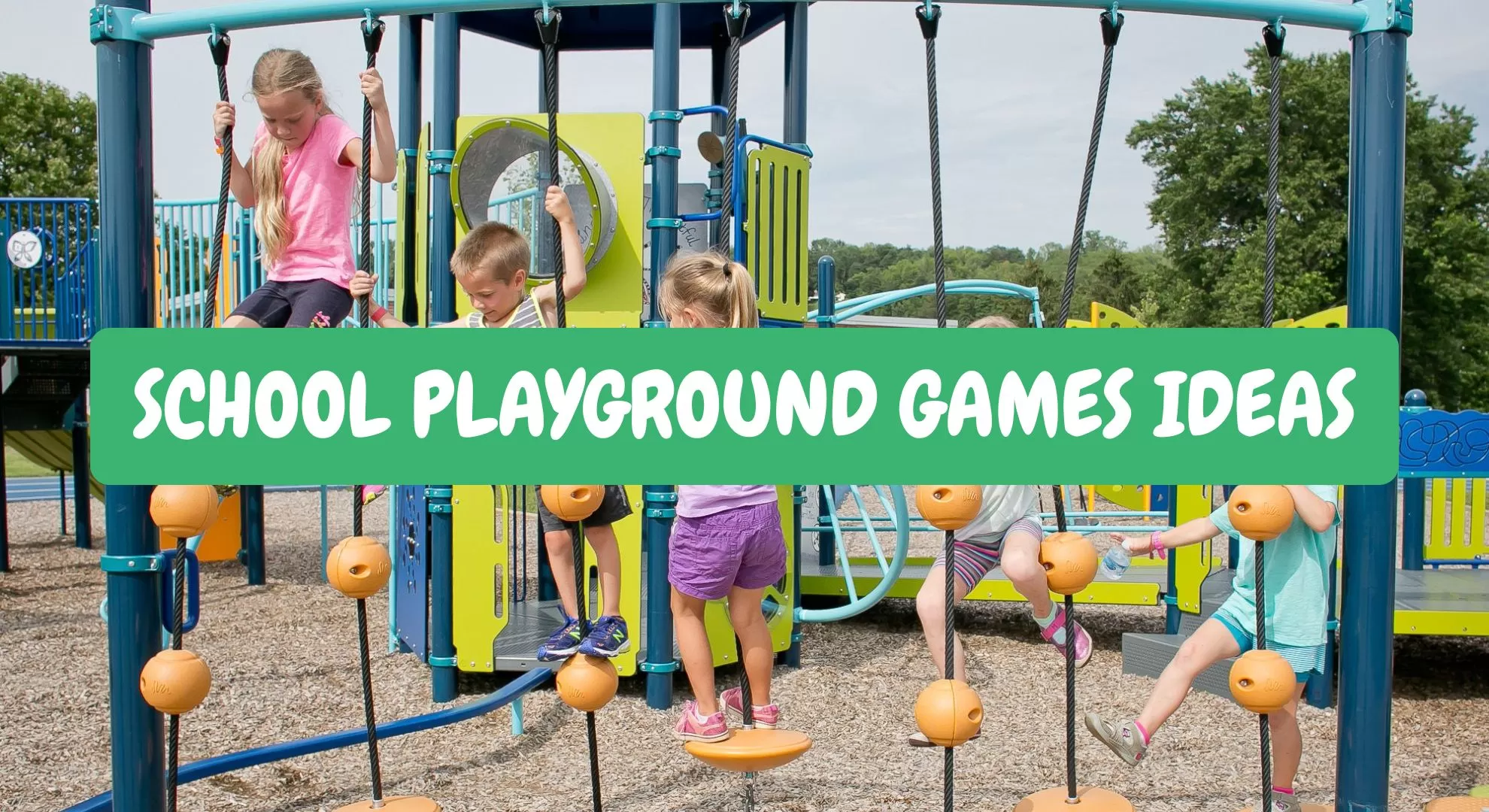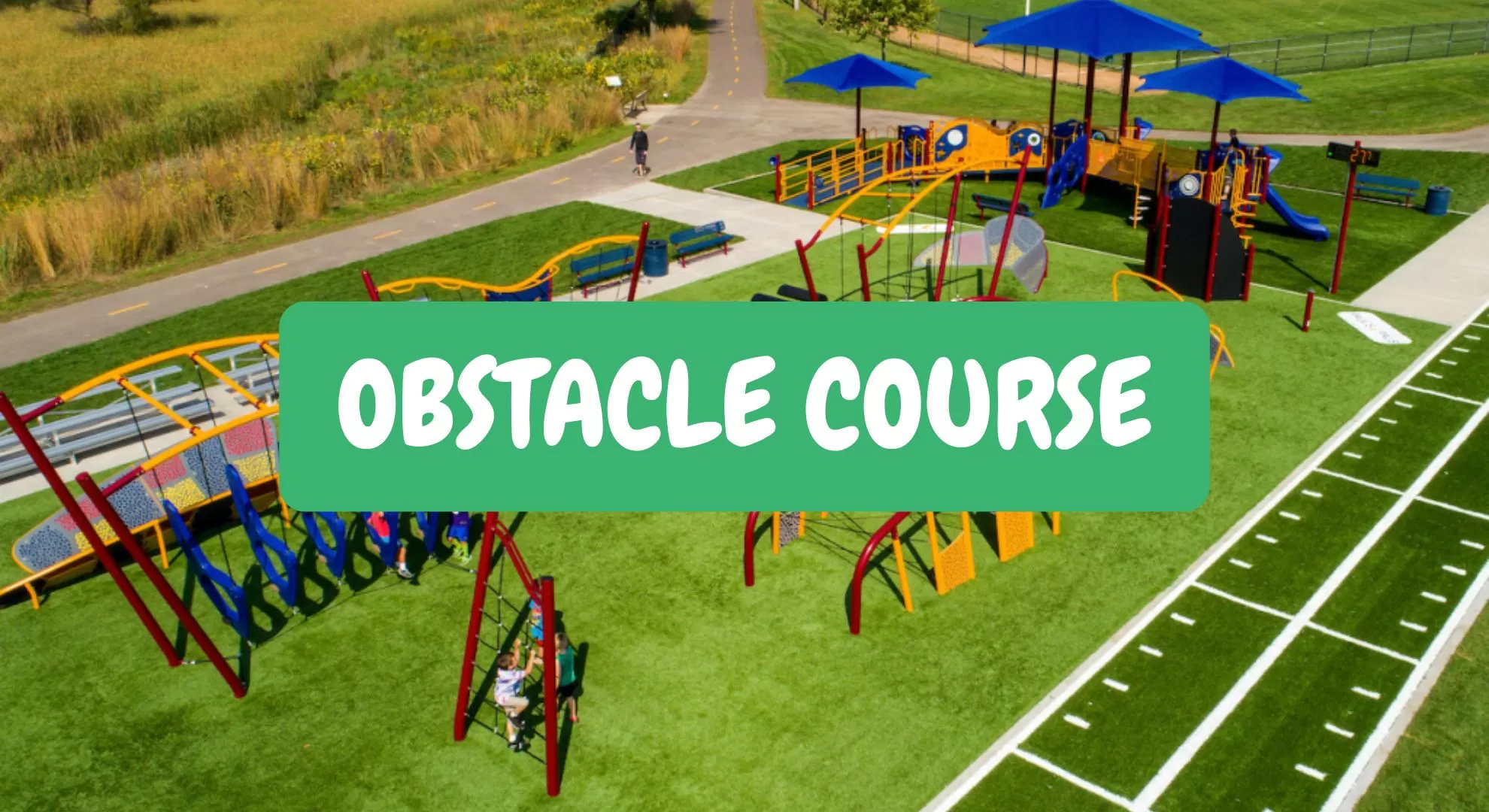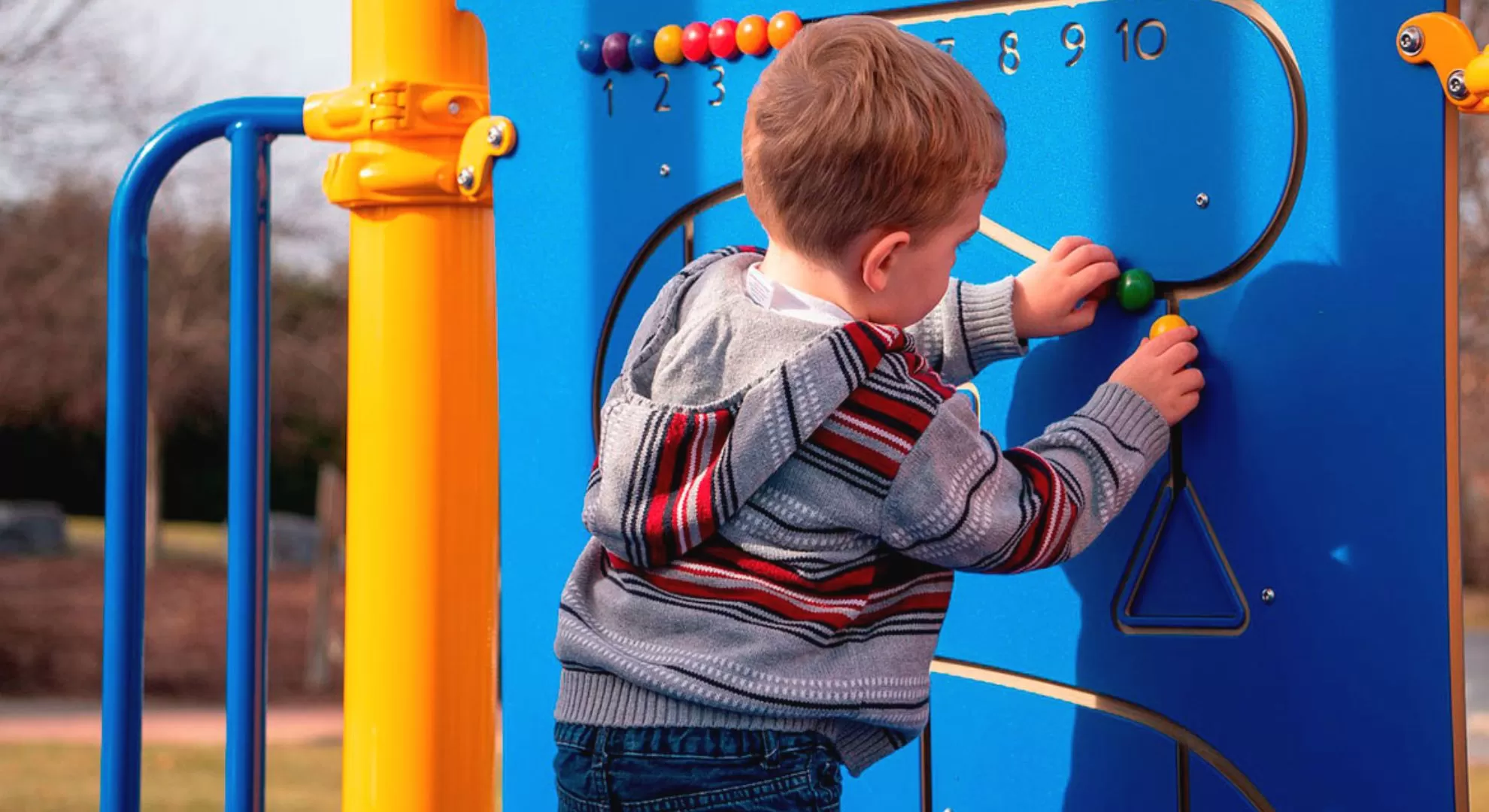The school playground is where imaginations soar, friendships blossom, and lifelong skills take root. Games help kids build resilience, foster creativity, and lay the foundation for healthy social interactions—all while burning off energy! In an era where childhood obesity rising remains a concern, playground games offer a joyful antidote, blending exercise with creativity. From timeless classics like hopscotch to team-based adventures like Capture the Flag, this guide dives into 23 school playground game ideas tailored for all ages and abilities. Let’s reimagine recess as a space where every child thrives!
Whether your school has a sprawling park playground or a compact outdoor area, these games require minimal equipment and maximum enthusiasm. Below, we unpack each activity with step-by-step instructions, skill-building benefits, and creative twists.

Browse School Playground Equipment
Tag is the ultimate chase game, but its variations keep it fresh. In Freeze Tag, tagged players “freeze” in place until a teammate taps them to rejoin. For larger groups, Chain Tag turns tagged players into a linked human chain that grows with each capture, demanding strategic teamwork. At dusk, Flashlight Tag replaces physical contact with beams of light—perfect for older kids who enjoy stealth and spatial awareness. These games strengthen mental and social skills by teaching quick decision-making and collaboration.
A sidewalk staple for generations, hopscotch combines counting, balance, and precision. Use chalk to draw a numbered grid (1–10). Players toss a small stone onto a square, then hop through the grid on one foot, avoiding the square with the stone. For inclusivity, widen the squares for wheelchair access or use tactile markers. Hopscotch can be played both indoors and outdoors, making it ideal for rainy days.
This fast-paced ball game thrives on a four-square court (or chalk-drawn quadrants). Players hit a rubber ball into other squares using open palms. If the ball bounces twice in your square, you’re out! Rotate players to keep the game dynamic. Four Square sharpens reflexes and encourages fair play—essential for developing behaviors like sportsmanship.
Perfect for toddlers, this circle game builds anticipation and bursts of energy. Kids sit in a circle as one child walks around tapping heads, saying “duck” until choosing a “goose.” The “goose” leaps up to chase the tapper around the circle. If caught, the tapper starts again. Simple rules and minimal setup make this a toddler favorite.
Two teams line up holding hands, facing each other across a field. Team A chants, “Red Rover, Red Rover, send [Name] right over!” The called player sprints to break through Team B’s linked hands. If successful, they bring a player back to their team. If not, they join Team B. Red Rover fosters courage and teamwork while strengthening gross motor skills.
Jump rope games are a cardio powerhouse. In Double Dutch, two ropes swing in opposite directions while a jumper times their entry—ideal for groups. For solo play, Speed Jumping challenges kids to beat their personal records. Add rhymes like “Cinderella Dressed in Yellow” to synchronize jumps with rhythm.
A classroom game that transitions seamlessly outdoors. A leader (Simon) issues commands like “Simon says touch your toes” or “Jump like a frog.” Players who follow instructions without “Simon says” are out. This game hones listening skills and body coordination, with laughter guaranteed.
Split into two teams, each guarding a “flag” (a bandana or beanbag). Players infiltrate enemy territory to steal the flag while avoiding capture. Use natural obstacles like benches or climbing structures as hiding spots. Capture the Flag teaches strategy, leadership, and spatial reasoning.
A hybrid of baseball and soccer, kickball uses a rubber ball and bases. Teams score by kicking the ball and sprinting around the bases before being tagged. Adjust base distances for younger players, and use foam balls for safety. Kickball builds leg strength and teamwork.
A large, colorful parachute becomes a collaborative tool. Kids grip the edges, shaking it to create “waves” or lifting it high to form a mushroom dome. Toss foam balls onto the parachute for a “popcorn” game where kids bounce them off. Parachute play fosters cooperation and sensory engagement.
Design a course using cones, hoops, and balance beams. Time kids as they crawl under ropes, leap over hurdles, and zigzag through markers. For schools with limited budgets, modular playground sets offer climbing walls and stepping stones to create dynamic courses. Obstacle courses boost agility and perseverance.

A leader stands at one end while players line up at the other. Kids ask, “Mother, may I take [X] steps?” The leader replies “Yes” or “No.” The first to reach the leader wins. This game teaches patience and respectful communication—key for emotional well-being.
Two teams grip opposite ends of a thick rope, pulling until one side crosses a central marker. Use grassy areas to prevent slips. Tug-of-War builds upper-body strength and camaraderie. For inclusivity, mix teams by ability and offer seated options.
A reverse hide-and-seek where one player hides while others search. As seekers find the hiding spot, they quietly join until the last person discovers the crammed “sardines.” This game thrives in playgrounds with nooks like castle-themed structures or shrubbery.
The “fox” faces away from the group, who chant, “What time is it, Mr. Fox?” The fox replies with steps (e.g., “3 o’clock = 3 steps”). When the fox yells “Midnight!”, they chase the group. Whoever is caught becomes the next fox. This game blends counting with explosive energy.
Suspend a rope between two poles as a net. Using a balloon instead of a ball, teams volley it back and forth. The slower pace suits younger kids or those with mobility challenges, while still developing hand-eye coordination.
A leader performs actions—hopping on one foot, spinning, or balancing on a bench—while others mimic. Rotate leaders to give everyone a turn. This game encourages creativity and observation skills.
Teams line up and pass hula hoops down the line without breaking handholds. For added challenge, have kids step through hoops while moving. This relay promotes teamwork and flexibility.
On sunny days, players tag others by stepping on their shadows. No physical contact makes this ideal for kids who prefer non-competitive play. Shadow Tag enhances spatial awareness and quick reflexes.
Players move like crabs (hands and feet on the ground) to push a ball into goals. Use foam balls for safety and mark goals with cones. Crab Soccer strengthens core muscles and encourages quirky fun.
Create a “web” with ropes or chalk lines. Tagged players become “spiders” who can only move along the web, adding a tactical twist to traditional tag.
Hide letter cards around the playground. Kids race to find letters and spell words. For younger groups, match letters to objects (“A for Ant”). This game blends literacy with physical activity.
Scatter hula hoops (“islands”) on the ground. When music stops, kids leap into a hoop. Remove one hoop each round, encouraging sharing and adaptability.
Tailoring playground games to children’s developmental stages ensures maximum engagement and skill-building. Younger kids thrive on simple rules and repetition, while older students crave challenges that test strategy and teamwork. Below, we break down age-appropriate games to help educators and parents curate recess activities that align with physical, cognitive, and social milestones.

Toddlers thrive on repetition and simple rules. Duck, Duck, Goose and Follow the Leader allow them to practice imitation and motor skills. Use soft play equipment like foam mats or toddler-friendly climbers to ensure safety. Avoid competitive games—focus on cooperative activities where everyone wins.
This age group enjoys games with light competition and role-playing. Four Square and Parachute Play let them test their skills while socializing. Introduce structured team games like Capture the Flag to nurture problem-solving. Schools with park playground equipment like swings and slides can integrate these into obstacle courses.
Older kids crave strategy and autonomy. Kickball and Spider Web Tag challenge their physical and tactical abilities. Incorporate peer-led games to build leadership. For schools with space, multi-sport courts accommodate basketball, hopscotch, and more.
Creating an inclusive playground starts with adaptable rules and equipment. Here’s how to ensure no child feels left out:
Use brightly colored balls for visually impaired students.
Install ground-level play panels for wheelchair access.
Replace ropes with velcro-tag belts for kids with mobility limitations.
In Red Rover, allow players to roll a ball instead of running.
For Musical Islands, pair students to share hoops.
Offer “timeouts” during high-energy games for kids who need breaks.
Design quiet zones with chalk art or sensory tables.
Use vibration-based signals (e.g., tambourines) instead of whistles for hearing-impaired kids.
For schools seeking inclusive designs, explore ADA-compliant playgrounds, featuring ramps, tactile paths, and wheelchair-friendly swings.
Ready to transform your schoolyard? Browse our inventory of durable, safety-tested playground sets designed to inspire active play. From climbing towers to interactive panels, NanPlay combines innovation with child-centric design. Visit our outdoor play solutions to create a space where every child thrives.
Playground Games that Teach Teamwork
Playground Games for Outdoor Fun
Fun Games to Play in the Classroom
Playground Games With No Physical Contact
Thank you very much for your inquiry! Your trust is our greatest motivation. We are committed to offering playgrounds that combine high quality with affordable pricing. Let us bring vitality to your venue!